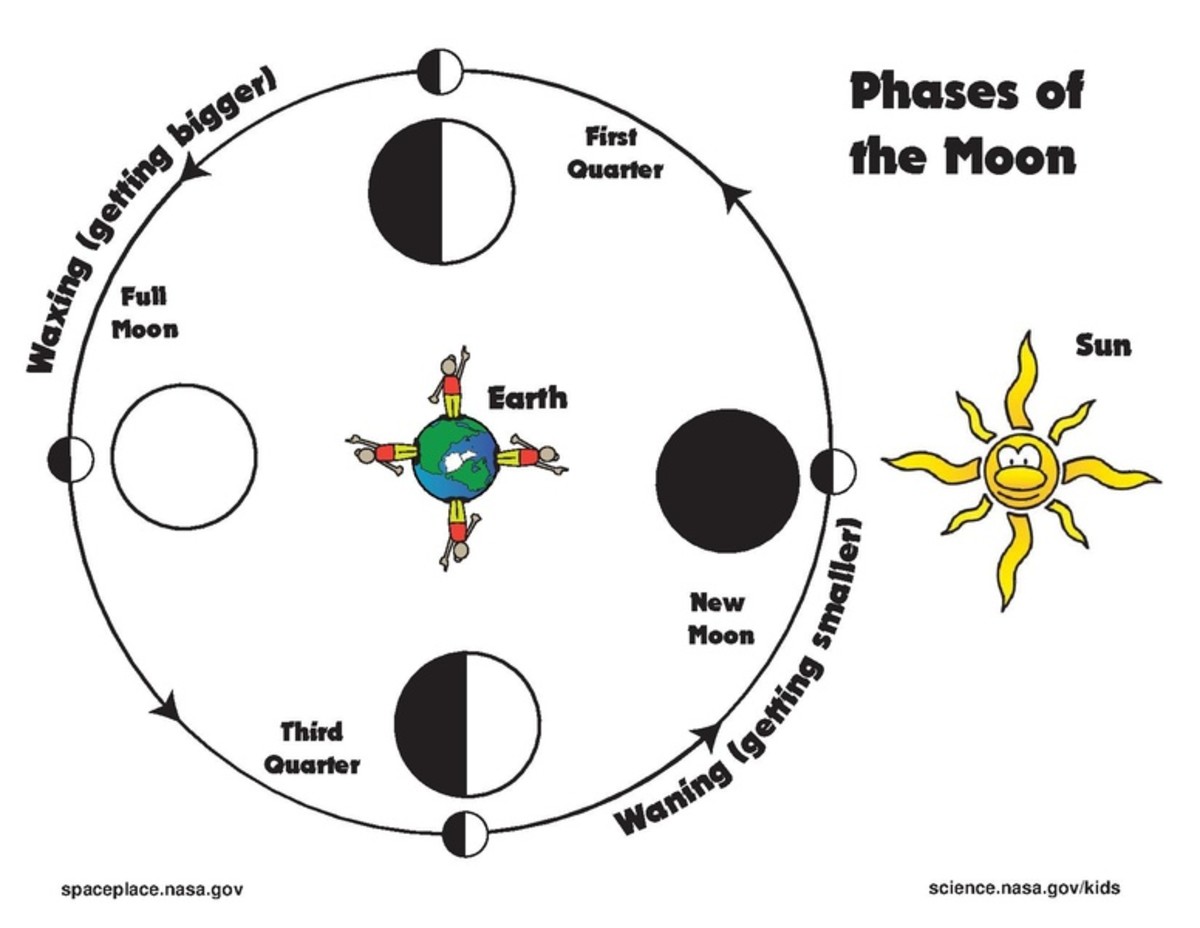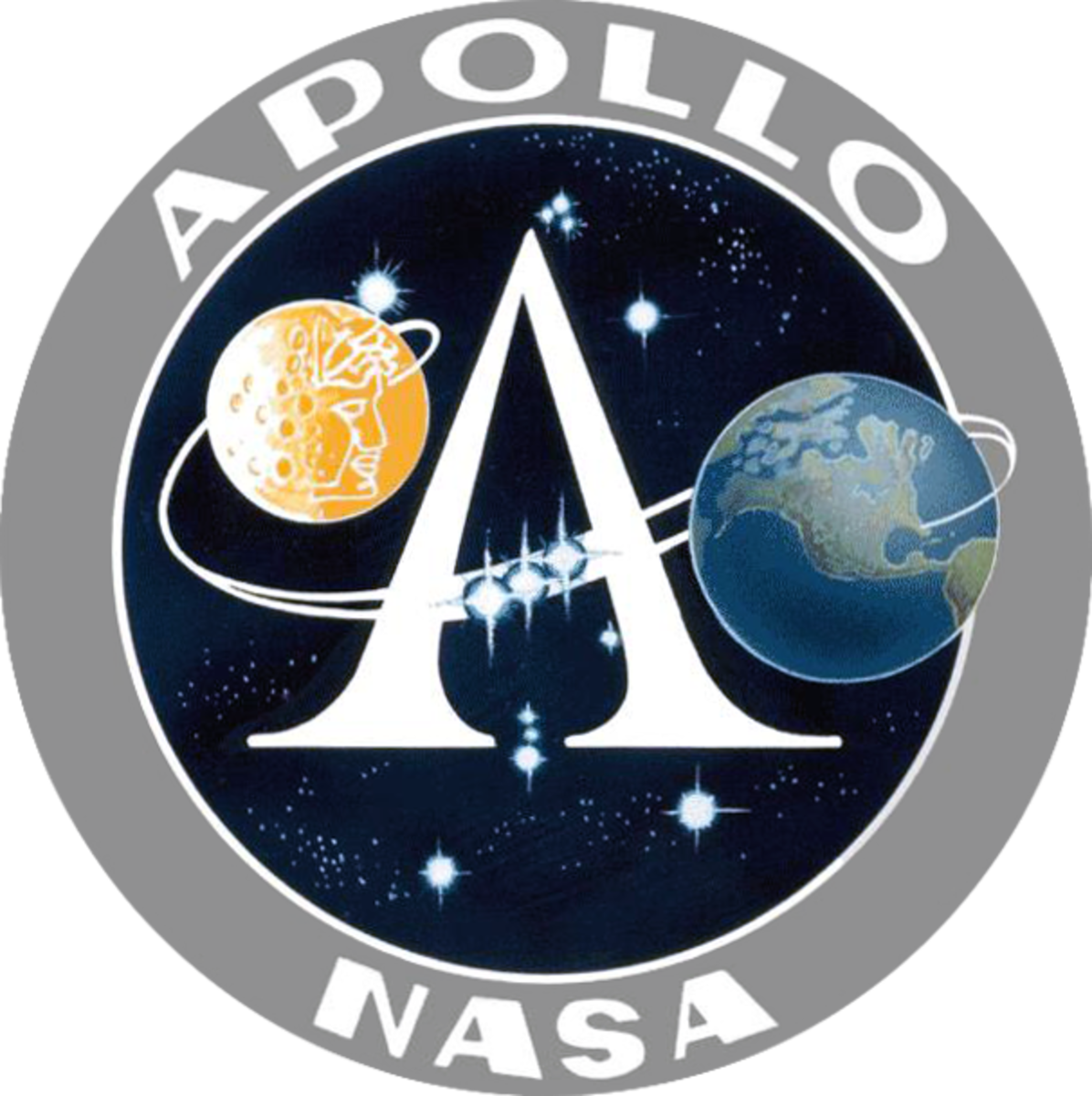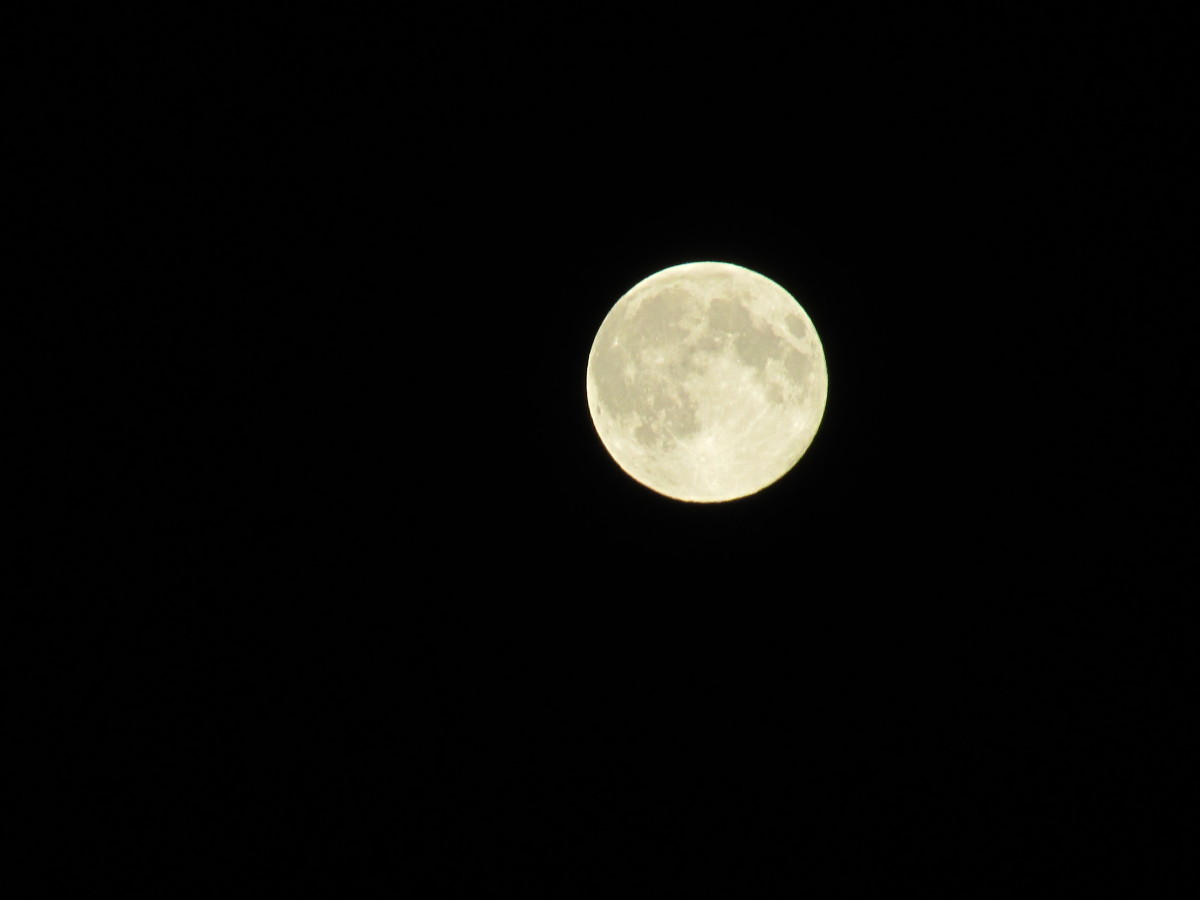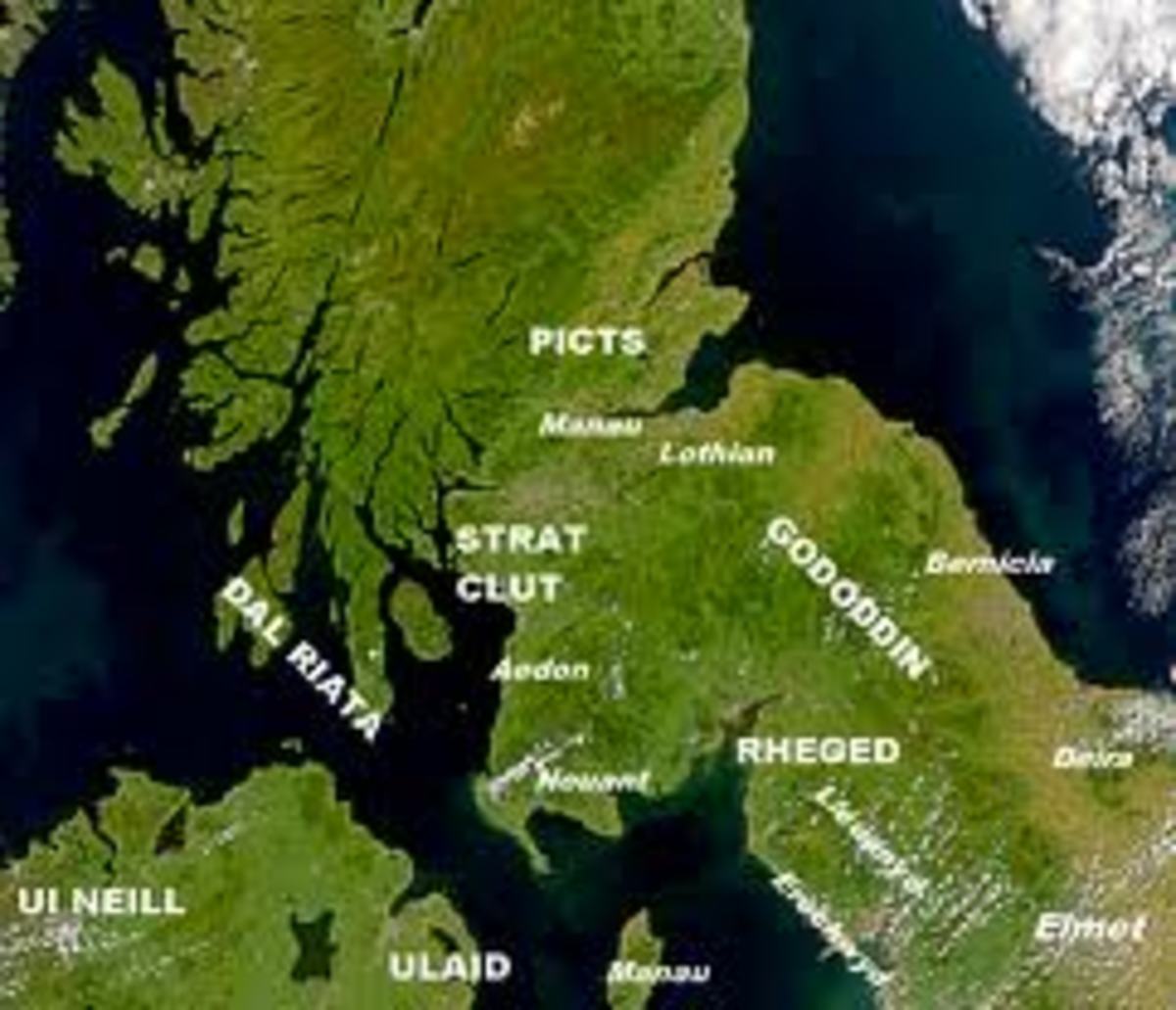Evolution of the Messiness of Calendars
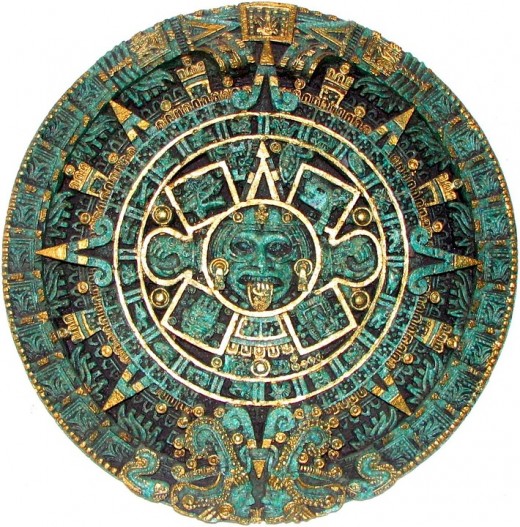
Nature is almost cyclic. The days go round and become weeks, weeks become months, months become seasons, at least away from the equator and the seasons become years. Every day, week, month, year is different but similar. The phases of the Moon repeat, seasons come and go the sun dying in Winter to be reborn in Spring reach it speak in Summer then decline till Midwinter. Early humans started recording the phases of the moon then found the lunar months drift away from the seasons of the solar year, a problem that became important when humanity moved from hunting to Agriculture. This evolved into the calendar, the history of which has been ever more sophisticated ways of dealing with this drift.
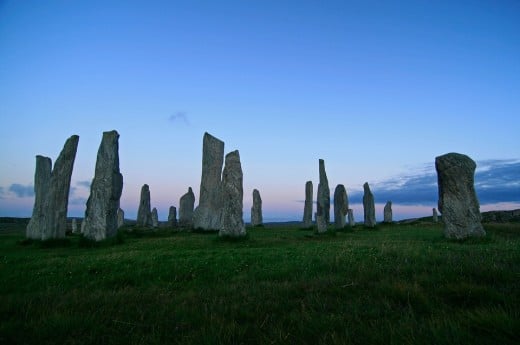
Why Calendars And Seasons Drift Apart
The natural units of time based on the cycles of Nature are the day, the lunation, the time the Moon takes to return to the same phase: Full Moon, Dark Moon, New Moon, Half Moon and the Solar Year. None of these fit together nicely. The day, the time Earth takes to spin once on its axis varies in length throughout the year depending on latitude and this period is slowly increasing. The Lunar month is 29.530588 days though this is an average not a constant. Twelve lunar months make 354.367056 days. Thirteen months make 383.897644 days. The Solar year is about 365.24217 mean solar days. Twelve lunar months are 11 days too short and 13 lunar months are about 18 days too long. Twelve is a more practical number as it can be divided by 2,3,4 and six our fingers have a total of twelve joints and adding lost days, a process known as Intercalation, is psychologically and administratively preferable to suddenly removing days.
The Earliest Calendars
Around 32,000BC, in various places in Europe, stone age humans in the Late Upper Palaeolithic Cultures of Europe were recording the phases of the moon, suggesting they were aware of the stars and the heavens. Alexander Marshack published research, between 1964 and the early 1990s in which he deciphered sets of crescents or lines marked on animal bones – easy to mark, easy to carry and hard to destroy, important factors for a nomadic hunter gatherer based society – and occasionally on cave walls, as records of the lunar cycle. To the surprise of many who had believed these markings aimless doodles by bored hunters the creators of these records controlled line thickness to make correlation with lunar phases as obvious as possible. Sets of marks were often laid out in a serpentine pattern suggesting a snake deity or streams and rivers [1]. Perhaps the notion of cyclic time originated in study of the phases of the Moon
These calendars could never be exact because some nights were unclear but they show an understanding of sequences, that the moon had phases and these were important. Why these hunters began recording the phases of the moon is unclear but it shows that early humans were intelligent, probably as intelligent as we are.
The Lascaux caves include a lunar calendar of about 13,000BC [2]. The creators were Cro-Magnon Man, a different species from the bone calendar makers 19,000 years earlier. The markings include a row of 13 dots, reading from right to left and an empty square, that represented the new Moon where the Moon vanishes from the sky. This is roughly half the lunar cycle of 29 days. Elsewhere in the caves is a row of 29 dots representing the complete cycle. Unlike the earlier calendars the dots are laid out in a straight line rather than a snake or river like pattern. Again this could suggest a concept of cycles within linear time had arisen.
By 8000BC Agriculture had become dominant. This allowed settled communities and larger permanent calendars, such as one found in Aberdeenshire, Scotland [3], a group of 12 pits that seem to mimic moon phases and allow tracking of lunar months over a year. Where hunters had needed light easily portable bones large permanent calendars like this could serve to demonstrate the power of rulers and priests some of whom doubtless told the people they were controlling the moon rather then marking its progression.
By 2500BC Sumeria was making progress in Astronomy and Mathematics using 60 based number system. They needed to predict solar eclipses and that in turn needed accurate calendars. This led to the slow decline of the Lunar Calendar and its replacement by the solar calendar.
Later Calendars
Before 1500Bc the Babylonian calendar had 12 lunar months of 29 or 30 days each day starting at sunset on the evening when the crescent of the new moon was seen on the Western Horizon. The months began at the Spring equinox with extra months added irregularly to bring the calendar on line with the seasons. From 2000 BC only months 6 and 12 were repeated [4].
From about 500BC a consistent 19 year cycle (235 lunar months) in which seven years had an extra month was used. This is called the"Metonic cycle", presumably after the Greek astronomer in the 5thC BC, although the Babylonians knew the cycle first.
The Babylonian calendar was adopted by the Greeks and the Romans who originally had a 354 day calendar with 12 months of alternating 29 and 30 days and an extra month added every three years. Julius Caesar reformed the calendar, originally with February having 29 days and 30 in a leap year till it was changed to 28 days and 29 in a leap year, and his calendar was usedtill the 16th century when it was 11 days ahead and Pope Gregory reformed it by abolishing 11 days. This was not universally adopted for a century or so leading to riots when Britain adopted it.
Wrapping Up
The incompatible lengths of natural cycles makes any calendar that has an integral number of days in a year or lunar month or lunar months in a year impossible. The first calendar was a lunar calendar but the agricultural need for a calendar drove adoption of a solar calendar that replaced the earlier lunar calendar. The progress of the calendar from Babylonian times onwards is a series of experiments that eventually converged on one solution of the calendar problem, a solution that as a result of Roman and later Western dominance now prevails through most of the world.
While the history of calendars has been a catalogue of ways to prevent the calendar and the seasons drifting apart, calendars have also structured society, driven and been driven by administrative needs and allowed a longer term view of social time than that afforded by the seasons and the phases of the moon.

